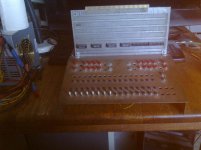PG31
Veteran Member
I ordered the hardback edition 1st October 1986.
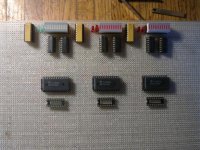
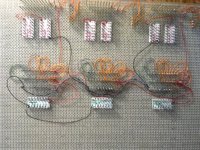
Maybe if we all have the same book and would like to build the machine someone with the know how can design a PCB that we can all build from?
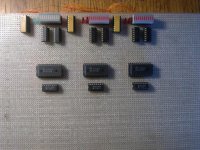

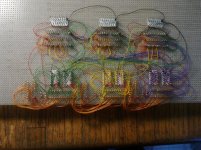


Another one enrolled in the book!
I picked mine up from Anybook Ltd. in Lincolnshire (UK). A phone call to them directly got a cheaper price than on the web (only marginally though). They said on the phone that they had a few more copies available. Beware though that all this interest in one old book may have the undesirable effect of pushing up the price for the book on the internet...
My interest is building a PDP 8/I from the microcode perspective. I found an interesting article at www.forth.com/archive/jfar/vol3/no3/article1.pdf detailing a MICROCODE simulator written in FORTH - and they used the PDP 8/I as a test case in the paper. I have found a few errors in the text - and one glaring omission with the MICROCODE (it doesn't support interrupts). Nevertheless - I will put together a Java version of a MICROCODE assembler and simulator whilst I wait for my book to be delivered...
Good find Marty - I think we have a small sub-group going here!
Dave
My interest is building a PDP 8/I from the microcode perspective. I found an interesting article at www.forth.com/archive/jfar/vol3/no3/article1.pdf detailing a MICROCODE simulator written in FORTH - and they used the PDP 8/I as a test case in the paper. I have found a few errors in the text - and one glaring omission with the MICROCODE (it doesn't support interrupts). Nevertheless - I will put together a Java version of a MICROCODE assembler and simulator whilst I wait for my book to be delivered...
